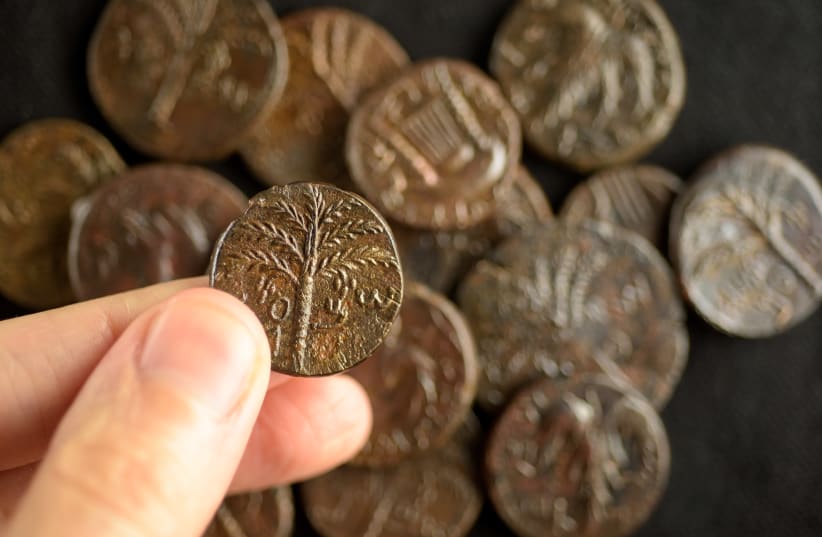Two recent articles reported the discovery of a cache of gold coins dated to the late fifth century BC in Notion, an ancient Greek city on the west coast of Anatolia (modern-day Turkey).
Christopher Ratté from the University of Michigan led the excavation, uncovering the coins in an olpe, a small jug, buried in a corner of a dwelling found beneath the courtyard of a house dated to the third century BC. The coins, identified as Persian darics, were used to pay soldiers of fortune, also known as mercenaries, suggesting the cache was a soldier’s savings hidden during a time of conflict.
The Persian darics, named after either the Old Persian word for gold or Darius I, who ruled from 521 to 486 BC, depicted the Persian king in a long tunic, kneeling and holding a bow and spear. The other side of the coin is blank and unadorned, with the exception of a single punch mark.
The coins were stored at the Ephesus Archaeological Museum in Selçuk, Turkey.
Ratté posited several scenarios to explain why the coins were never retrieved, including the possibility of the soldier meeting a grim fate. Andrew Meadows of the University of Oxford highlighted the significance of this find, noting its potential to refine the chronology of Achaemenid gold coinage.
The archaeological context of Notion, spanning 80 acres atop a promontory, revealed it as a borderland dividing Asia from Europe, marked by warfare and insecurity. The discovery of the hoard underscored the turbulent history of the region, as evidenced by events like the attack by Athenian General Paches in 427 BC, where pro-Persian mercenaries were killed, and subsequent Athenian evacuation.
The articles traced the history of coinage in Anatolia, from the first state-issued coin, the stater, created by the Lydians to the introduction of the Persian bimetallic currency, including the gold darics and silver sigloi.
The Achaemenid Persian Empire, which conquered Ionia in 546 BC, maintained Croesus’s gold-based monetary system, later introducing their own currency. The discovery at Notion provided insights into the era’s monetary practices and the soldier's perilous life, with many Greeks, including historian Xenophon, serving as mercenaries for the Persian Empire.

